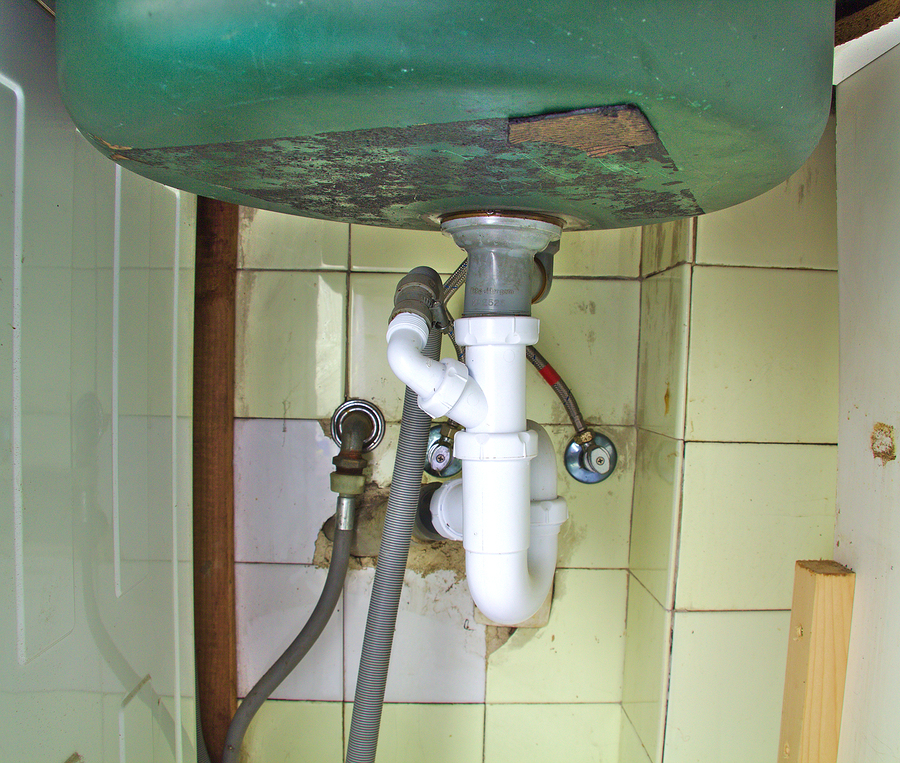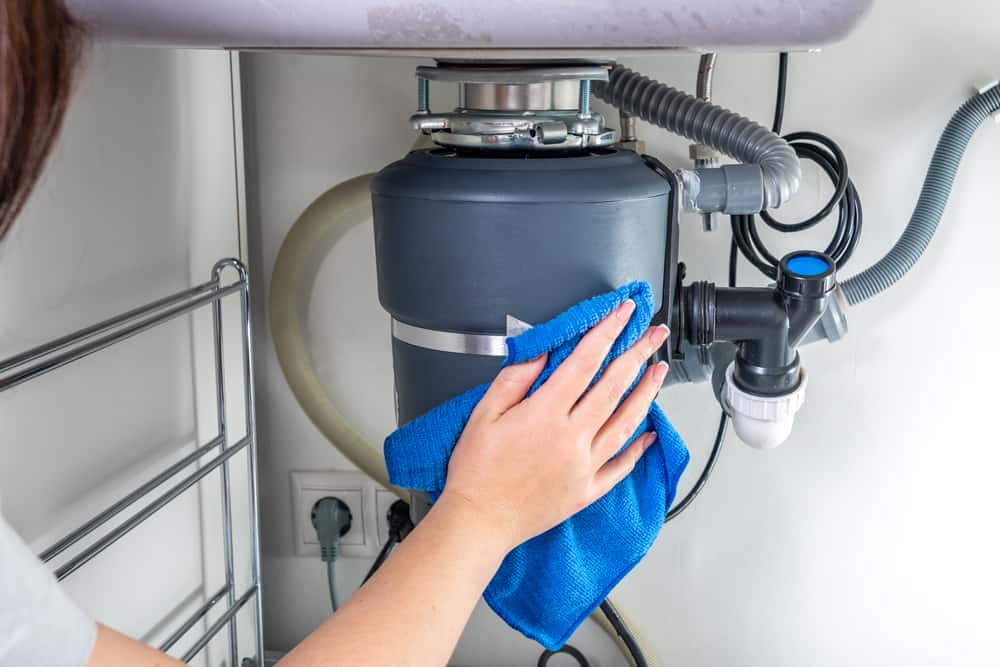We have discovered this post involving Garbage Disposal Leaking From Bottom directly below on the internet and decided it made sense to discuss it with you in this article.

Garbage disposals are vital kitchen area appliances that help in throwing away food waste efficiently. Nonetheless, a dripping garbage disposal can be an irritating and unpleasant problem to manage. Thankfully, numerous leaks can be taken care of easily with a few easy actions. In this write-up, we will certainly review how to repair a dripping waste disposal unit properly.
Intro
Garbage disposals are installed under kitchen sinks and are developed to shred food waste into smaller items, allowing it to pass through the plumbing system quickly. While these devices are typically reputable, leakages can happen over time as a result of wear and tear, loose links, or damages to the device.
Step-by-Step Overview to Repairing a Dripping Garbage Disposal
Shut off the Power
Prior to attempting any fixings, make sure that the power to the waste disposal unit unit is shut off to avoid the threat of electrical shock.
Find the Leakage
Recognize the precise location of the leak and identify the reason
Tighten up Links
Utilize a wrench to tighten any loose connections in between the disposal system and the pipes system.
Change Seals or Gaskets
If the leakage is because of worn seals or gaskets, eliminate the old elements and change them with new ones.
Patching Cracks or Openings
For fractures or openings in the disposal unit, use epoxy or a suitable patching material to secure the damaged area.
Determining the Resource of the Leakage
Prior to trying to fix a leaking garbage disposal, it is essential to identify the source of the leakage. This can usually be done via aesthetic assessment or by performing basic tests.
Visual Inspection
Inspect the waste disposal unit unit thoroughly for any kind of indications of water leak. Pay close attention to areas around seals, gaskets, and link factors.
Evaluating for Leakages
One means to evaluate for leaks is by running water via the disposal unit and checking for any type of visible indications of leak.
Common Sources Of Leakages in Garbage Disposals
Worn Seals and Gaskets
Seals and gaskets play a critical role in avoiding water from leaking out of the garbage disposal. With time, these components can weaken, causing leaks around the disposal unit.
Loose Links
The connections between the waste disposal unit and the plumbing system can become loose over time, creating water to leak out during procedure.
Fractures or Openings in the Disposal Unit
Physical damages to the waste disposal unit, such as splits or openings in the housing, can also result in leakages.
Devices and Products Needed for Repairing a Leaking Waste Disposal Unit
Prior to beginning the repair procedure, gather the essential devices and materials, including a screwdriver, adjustable wrench, plumbing's putty, substitute seals or gaskets, and epoxy or patching material for fixing splits or holes.
Examining the Garbage Disposal After Repair
Once the repair work is total, check the garbage disposal by running water with it to make sure that the leak has actually been settled.
Preventive Maintenance Tips to Avoid Future Leakages
To prevent future leaks, it is vital to do routine maintenance on your garbage disposal. This consists of maintaining it tidy, avoiding placing non-food items or difficult items down the disposal, and occasionally checking for leaks or various other concerns.
Final thought
Finally, dealing with a leaking garbage disposal is a fairly uncomplicated process that can be completed with standard tools and materials. By adhering to the steps outlined in this short article and exercising preventive upkeep, you can keep your waste disposal unit in good working condition and stay clear of expensive fixings in the future.
HERE’S HOW TO FIX YOUR GARBAGE DISPOSAL
WHAT TO DO IF SOMETHING IS STUCK IN YOUR GARBAGE DISPOSAL
If the impeller won’t turn, there’s probably something stuck in the disposal. It could be a steak bone or peach pit, although plumbers report pulling all sorts of inappropriate objects out of disposals, such as bottle caps or aluminum foil. Make sure power to the disposal is off, and look inside to see if you can see the source of the jam.
Never stick your fingers in a disposal. Pull out anything you see with tongs or pliers.
If the disposal still won’t work, it may be time to call a plumber or consider buying a new disposal. GEM Plumbing & Heating is here for all of your garbage disposal needs.
WHAT TO DO IF YOUR GARBAGE DISPOSAL DRAIN IS CLOGGED
Take everything out from underneath your sink and put a bucket or other container under your disposal to catch any water that drains out. Disconnect your disposal from the power supply. If it’s plugged into a wall outlet, unplug it. If it’s hardwired into an electrical box, go to the electrical panel and turn off the breaker for the disposal. Pour ¼ cup of baking soda into the drain, followed by ½ cup of white vinegar. Give the solution a few minutes to fizz and do its work. Look into the disposal with a flashlight to see if you can see an object that might be causing the clog. If you see it, remove it using tongs or pliers. MORE TIPS ON DEALING WITH A CLOGGED GARBAGE DISPOSAL
Never use drain cleaner in a garbage disposal. It can damage the plastic parts inside the disposal. You can also be splashed with the caustic liquid while working to clear the clog. Beware! Never stick your fingers into a garbage disposal. Trust us — not a good idea. In many instances, your dishwasher drains through your garbage disposal. This allows the disposal to grind any large food particles that may be drained out of your dishwasher. There are some jurisdictions, however, where the plumbing code prohibits such a connection. WHAT TO DO WHEN YOUR DISHWASHER DRAINS THROUGH THE DISPOSAL
Run some water in the sink so your plunger has at least a ½-inch of water to create a seal and plunge vigorously up and down several times. You may need to repeat this several times. Run hot water down the drain to clear any residue that remains.

I came across that piece about Why Is when doing a lookup on the search engines. Liked our entry? Please share it. Help somebody else find it. Thanks a lot for your time. Don't hesitate to come visit our website back soon.
Call Today